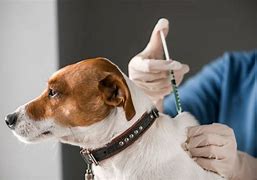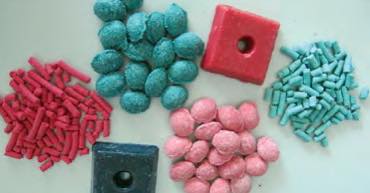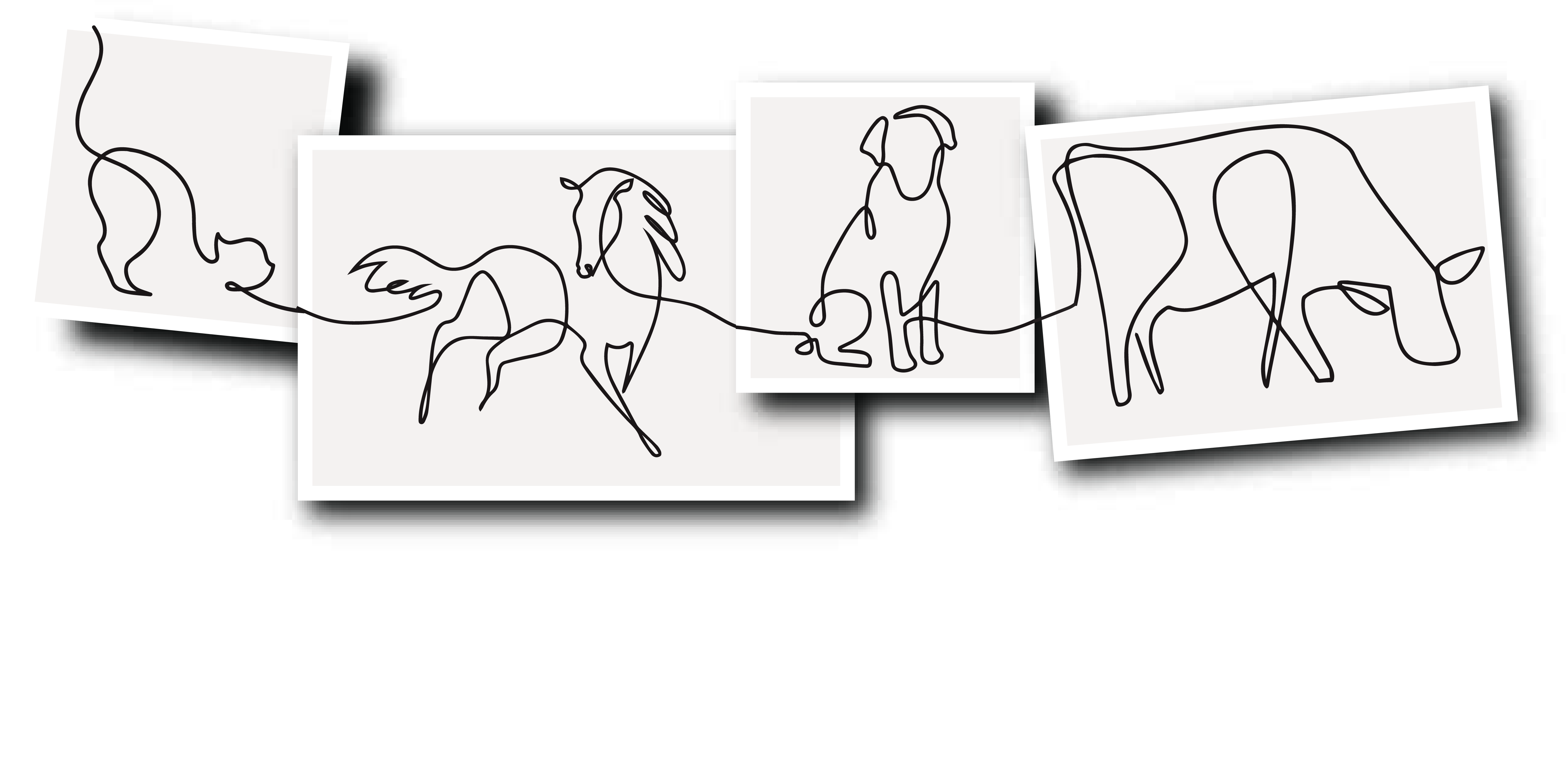Animal News
At Hartley Valley Vets we understand how much your horse means to you and strive to provide individual care and attention when needed. We offer a comprehensive services to all horses, from the foal to the retiree. We provide a full 24 hour ambulatory emergency service catering for injuries, colics, and general illness.

Keep your pets safe this winter
With winter having arrived, it’s safe to say that most of us will do anything to avoid being cold. We already know that this flu season is being reported as even bigger than most in recent memory, but what about our pets? What issues face our fluffy/feathered/scaled friends?
Older dogs (>7 years old) are the animals that visit clinics most over the winter. The drastic change in weather often leads to the worsening of symptoms of osteoarthritis. These particular cases are often very well masked by our beloved pets and can appear as “a little stiff” or “slow to get up”. Getting on top of it early is a fantastic way to give your older pets a longer, happier life. If you’re noticing symptoms or notice any slower movements when participating in normal activities, please consider chatting to us about what you can do to help your friends.
Shorter/ lighter coat dogs often lose weight over winter, as there is a much higher demand for energy to keep themselves warm. While breeds like Husky, Malamute, Maremma ect, were originally bred for colder environments, most other breeds are not so well adapted. Ensuring that they have a warm place to stay overnight is crucial, whether this is a shelter outside with warm bedding, or their own master bedroom with a king-sized bed with a goose feather down blanket, as long as they are warm to ensure weight is not being lost.
Any drop in weight is concerning, so if you are noticing this, please contact us. It may be as simple as improving the bedding arrangements and increasing the amount of food they have over these harsh months.
Cats can also be prone to arthritis but are very good at hiding it. Significantly reduced activity and reluctancy to jump on things are most commonly the first signs of arthritis. Being somewhat more cunning than dogs, cats often find their own warm places to spend their time, which can lead them to trouble. It pays to check under cars, in wheel wells and even in ute trays before travelling to ensure no cat has taken a nap while you weren’t looking.
It’s not just cats and dogs that people own as pets. Our feathered friends would also benefit from some changes to husbandry over winter. Warmth is important, so by providing some small, enclosed areas that are accessible is the way to go. Keeping the ground dry is also important to stop infections and damage to their feet. Lastly, consider slowly introducing some foods that are a bit richer in energy (be careful and only make introductions in slow portions).
Horses and other outside animals such as sheep, goats and cows also need some special consideration during these winter months. Horses are generally quite comfortable un-rugged in temperatures down to 5 degrees, especially if they have their winter coat. If they are older or not as good at keeping weight, they may need to be rugged more consistently. The most important thing for horses, and all other outside animals, is to have access to good shelter, either natural or manmade, and access to constant forage such as hay. Drinking water should be checked daily to ensure it is not frozen over.
Overall, these are a few easy points to follow for most animals. Avoiding extremes of cold and ensuring they have shelter, food and water is a great start. At Hartley Valley Vets, we are more than happy to talk to owners about their pets. Please call the reception team on 63552272 to book an appointment or call our afterhours line if you have an emergency.

Record-breaking Rain
All this rain making your horses miserable? With the record-breaking amount of rain we have had this year, it’s not surprising we have seen an increase in rain related issues in our equine patients. Here are some tips to keep your horses happy and healthy during this wet time!
HOOVES
Constant wet conditions can compromise otherwise healthy feet or worsen pre-existing problems. The hoof can become soft allowing bacteria in the soil to penetrate the hoof capsule and cause problems. Hoof cracks, white line defects and other deficits in the hoof are perfect places for bacteria to hide. One of the most common problems we are seeing is foot abscesses, or pockets of bacteria and pus which cause pressure within the hoof. These often appear quickly and cause mild to severe lameness depending on their location. Another common wet weather problem is thrush, a fungal infection impacting the bottom of the foot, generally in the grooves next to the frog. It is is usually very smelly and appears
black on the surface but will appear white and crumbly underneath.
SKIN
Constantly wet skin destroys the skins natural defences against bacteria and fungus, allowing superficial or deeper infections to take hold. Greasy heel is one such problem, where the skin around the hoof, pastern and fetlock becomes infected, leading to redness, scabs, pain and swelling. It typically occurs on feet with pink skin (white socks) but can occur on any foot. Rain scald is a similar
problem, but occurs on the body, particularly along the back and over the withers. Cellulitis is another problem which can occur in the wet weather. Small cuts and abrasions, greasy heel or insect bites can allow bacteria to get deep into the tissue and cause infection. Cellulitis is a deep infection of the skin and causes painful
swelling and can lead to systemic infection if untreated.
VACCINATION
It is also important to keep your horse up to date with their tetanus vaccinations. Tetanus is a bacteria which is picked up from soil and mud and can affect horses through any open wounds or via ingestion. Horses can also get tetanus from hoof abscesses! If your horse hasn’t been vaccinated for tetanus, or you are unsure, ask
one of our friendly team members for advice!
Tips to help prevent problems
⁃ Pick out your horses feet daily to remove any excess debris and compacted dirt/mud
⁃ Clean the bottom of the foot with iodine after picking out to reduce the bacteria present
⁃ Provide somewhere dry for horses to stand in their paddock, whether its a shelter with a dry base, a stable or a paddock with higher ground
⁃ Keep horses feet well maintained with regular trimming from a farrier
⁃ Provide adequate nutrition. Hoof supplements, such as biotin, can improve the quality of the hoof and make them less prone to problems
⁃ Inspect feet and skin regularly to catch any problems early, remove and check under rugs if your horse if wearing one
⁃ Apply barrier protection to pasterns and heels to protect the skin from constant moisture, this can be something like white healer, sudocream, material socks infused silver or vasoline
⁃ Keep your horse up to date with tetanus vaccinations
If you are concerned your horse is suffering from any of the above conditions, get in contact with us today

Fact Sheet- Laminitis
Laminitis, or ‘founder’, is one of the most common causes of lameness in the horse. It is defined as inflammation of the connection between the hoof wall and the underlying bone. When this connection is inflamed, it becomes damaged which can lead to structural changes and pain. As damage occurs, the bone begins to separate from the hoof itself, resulting in the bone progressively rotating away from its attachments. In severe and chronic cases, the bone can push through the sole of the hoof. Any hoof can be affected by laminitis; however, the front feet are most frequently affected.
What causes laminitis?
The most common cause of laminitis is feeding a diet high in carbohydrate, particularly in horses who are overweight. This can be from consuming excessive amounts of lush spring pastures, cereal hays or grain. Laminitis can also be associated with equine cushings disease or equine metabolic syndrome, which affect the way in which horses are able to digest carbohydrates in their gut. Less common causes include toxins, steroid drugs, and severe infections. Occasionally, with a severe lameness in one foot, horses can develop laminitis in the other foot due to increased pressure from weight bearing.
What are the signs of laminitis?
- Increased digital pulses
- Heat in the feet
- Lameness that can range from mild and only seen on a circle, to severe with reluctance to walk and stiffness
- Shifting weight away from the sore feet, often towards the hindlimbs when standing
- Spending more time lying down

How is laminitis diagnosed?
The diagnosis of laminitis in the field can often be made based on the horses symptoms combined with a thorough examination, both stationary and in motion, and an assessment of current diet and exercise routine. In some cases it is necessary to perform nerve blocks or to take x-rays of the feet to plan the best course of treatment. Once the diagnosis has been made, blood tests may also be performed if equine cushings disease or equine metabolic syndrome are suspected.
How do we manage laminitis?
Laminitis is managed with several different methods. It is important to try and determine the initial cause if possible as this will allow treatment to be more specific for that horse.
- The first step it to remove or treat the underlying cause. This may be dietary adjustment, removing horses from lush pastures or using grazing muzzles. In some cases, veterinary intervention and intensive treatment may be required such as for those with systemic infections or toxin ingestion.
- Anti-inflammatory therapy provides pain relief and reduces further damage. Bute is the most common anti-inflammatory drug used for laminitis and will generally be prescribed for a course of several days to weeks.
- Further supportive treatments such as using deep bedding in stalls or cushioned hoof boots and icing the hooves will help to alleviate discomfort
- It is very important to consult with your farrier and have your horses hooves regularly trimmed as overly long or uneven hooves can worsen the condition
What should I feed my laminitic horse or pony?
Diet will be an important consideration in the short and long term management of laminitis.
- The horse should be fed mainly roughage such as teff or soaked lucerne hay and avoiding cereal hay (oaten, wheaten, barley or ryegrass). Most pasture hay contains a high proportion of rye and should be avoided. All sources of grain should be removed and replaced with a laminitis safe feed.
- Many commercial feeds are acceptable for laminitic horses but avoid anything that contains grains, grain by-products (including bran, millrun/mix and pollard) and molasses. Some products will be advertised as “grain-free” but still contain grain by-products so it is important to look at the ingredient list.
- Grazing on pasture should be restricted to the early hours of the morning (between 3-10am) as the sugar content is at its lowest. A grazing muzzle can also be used if grazing times cannot be controlled.

Pet Dental Health Month
August is dental month and both horse and small animals dentals will be receiving 20% off for procedures that occur within the month! For dogs and cats we do need to see them prior to booking in their dental. But never fear, our nurses are able to offer a free dental check to get an idea of your animals smiles requirements! An estimate will then be done and if the procedure is performed within the month of August you will receive 20% of the final price. For horses, all you need to do is book in an equine dental within the month of August to receive the special price! Give the clinic a call to book an appointment today!

National Desexing Network
The team at HVV are extremely excited to announce we will be working with the National Desexing Network for the month of July, also known as National Desexing Month! We have all desexing prices reduced to accommodate for all income earners!

Leptospirosis
We have recently introduced a vaccine for the prevention of canine leptospirosis and coronavirus due to the cases of leptospirosis. Leptospirosis is a highly contagious disease that can cause a severe life-threatening illness and is transmissible to humans. It can be contracted in areas where there are rats and standing water. The disease is shed in rat urine.
If your pet is displaying any of the below signs, please call us to book an appointment immediately:
- Vomiting
- Abdominal Pain
- Lethargy
- Discoloration of the eyes (white to yellow)
The vaccine protocol involves two boosters 4 weeks apart and then annual boosters. We try to time this so it is done when they have their regular vaccines and check-up once a year as adults.

Rat Bait Poisonings
BAITING ALERT ![]()
We all know it’s wet, but have you heard about the rodent plague happening right now? For whatever reason, residences are being inundated with an extreme number of rodents, prompting an increase in the amount of rat bait being laid. As a result we are seeing a higher number of rat bait toxicity cases in local cats and dogs.
This poison causes uncontrolled bleeding which may not be obvious from the outside. A very small amount is enough to endanger their life.
Keep your pets safe by:
– Keeping them well away from any bait laid on your property, or exploring other means of pest control
– Reducing off-lead activity or time unsupervised on other peoples properties. Consider muzzling dogs for walks.
– Monitoring them closely for signs of illness (lethargy, abnormal behavior, not eating, collapse)
Contact the clinic immediately if you think your pet could have ingested rat bait 63 552272
